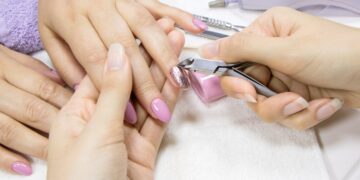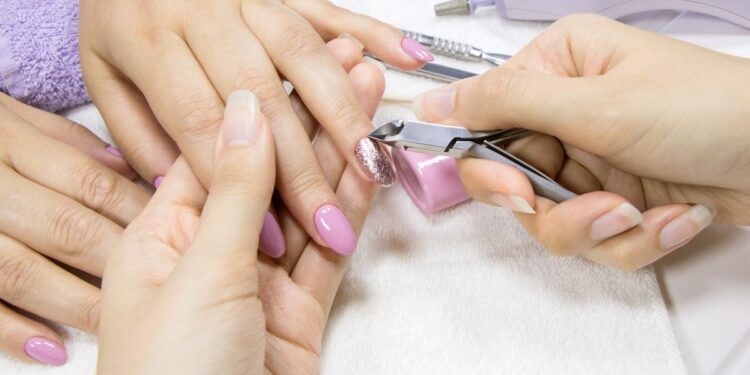Understanding the Importance of Cuticles
The world of nail care often focuses on aesthetics, but understanding the health benefits of cuticles is equally important. Cuticles serve as a barrier to infections, safeguarding the nails from bacteria and fungi. Despite their protective role, cuticles are frequently the center of beauty treatments, often being trimmed or removed for a cleaner nail appearance.
Debunking Myths: Living vs. Non-Living Tissue
A common misconception in the beauty industry is the nature of the cuticle. It is crucial to differentiate between living and non-living tissues when performing nail care services. The cuticle consists of both dead skin, which can be safely removed, and living tissue, which should be treated with care to prevent damage and infection.
Identifying Non-Living Cuticle
Professionals need to identify non-living cuticle skin properly. This comprises the thin layer over the nail plate that can be gently pushed back or removed with appropriate tools. Non-living tissue should be treated with precision to avoid injury and maintain nail health.
Consequences of Inadequate Cuticle Removal
Improper cuticle removal can lead to various complications, including infections, irritation, and pain. These issues arise from cutting too deeply into living tissues, which are vital for nail health. Hence, it’s imperative for nail technicians to adopt safe practices and stay informed about state regulations regarding cuticle removal.
Safe Cuticle Removal Practices
Adopting a cautious approach to cuticle removal can ensure both cosmetic appeal and nail health. Here are some best practices:
Softening the Cuticles
Before attempting to remove or push back cuticles, soften them with a cuticle remover solution or soak them in warm water. This step makes the process gentler and lessens the risk of damage.
Pushing Back vs. Cutting
Many nail experts advocate for pushing back cuticles instead of cutting them. Using a cuticle pusher, gently push back the softened cuticle and use nippers only to remove hangnails or loose skin.
Tools and Hygiene
Ensure that all tools, such as nippers, pushers, and scissors, are sterilized before use. This practice minimizes the risk of infection transmission and ensures client safety.
Legal Considerations in Cuticle Removal
A significant aspect of cuticle removal is adhering to local health and safety regulations. Some states have specific laws prohibiting the cutting of living tissue as a safety concern. Professionals should stay updated with these regulations to ensure compliance and avoid legal issues.
Nail technicians should seek continuous education in nail health and safe practice courses to keep abreast of evolving industry standards.
Conclusion
While achieving beautifully manicured nails is desirable, it is crucial to prioritize the health and integrity of the cuticles. By following safe practices, understanding the differentiation between living and non-living tissue, and adhering to legal standards, nail technicians can offer safer and health-conscious services. As the debate continues in the beauty industry, well-informed decisions lead to healthier outcomes for clients.

























